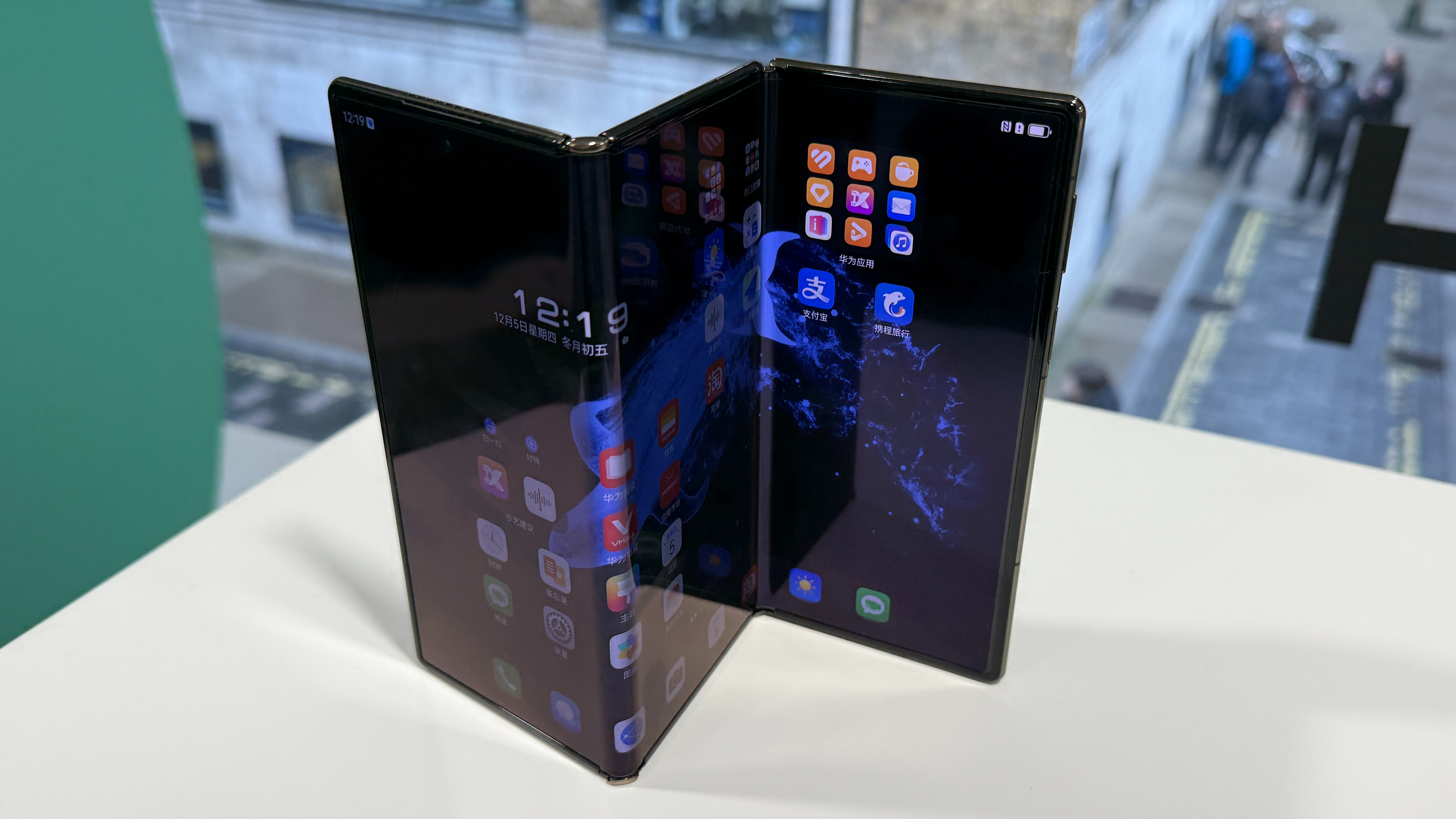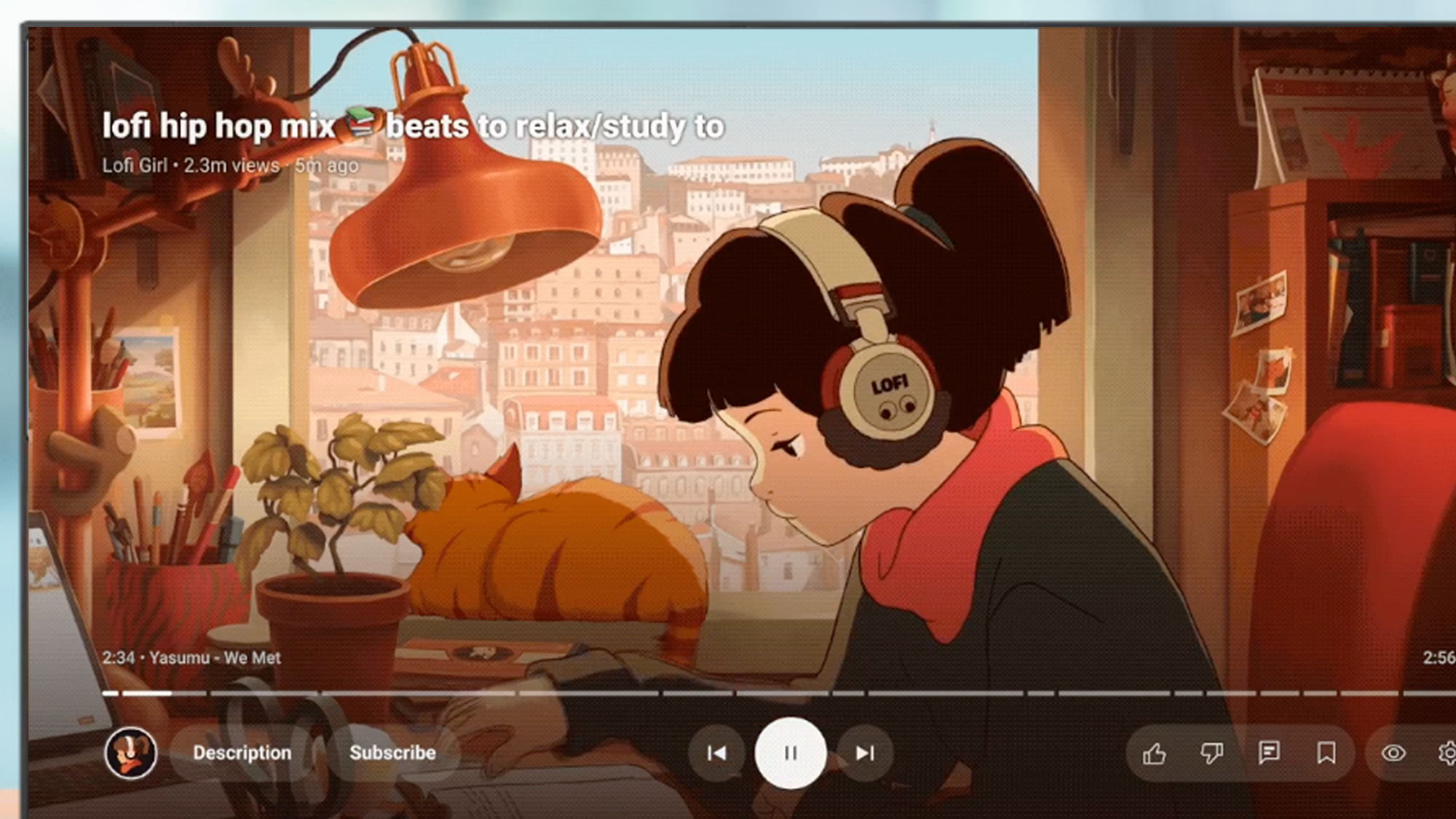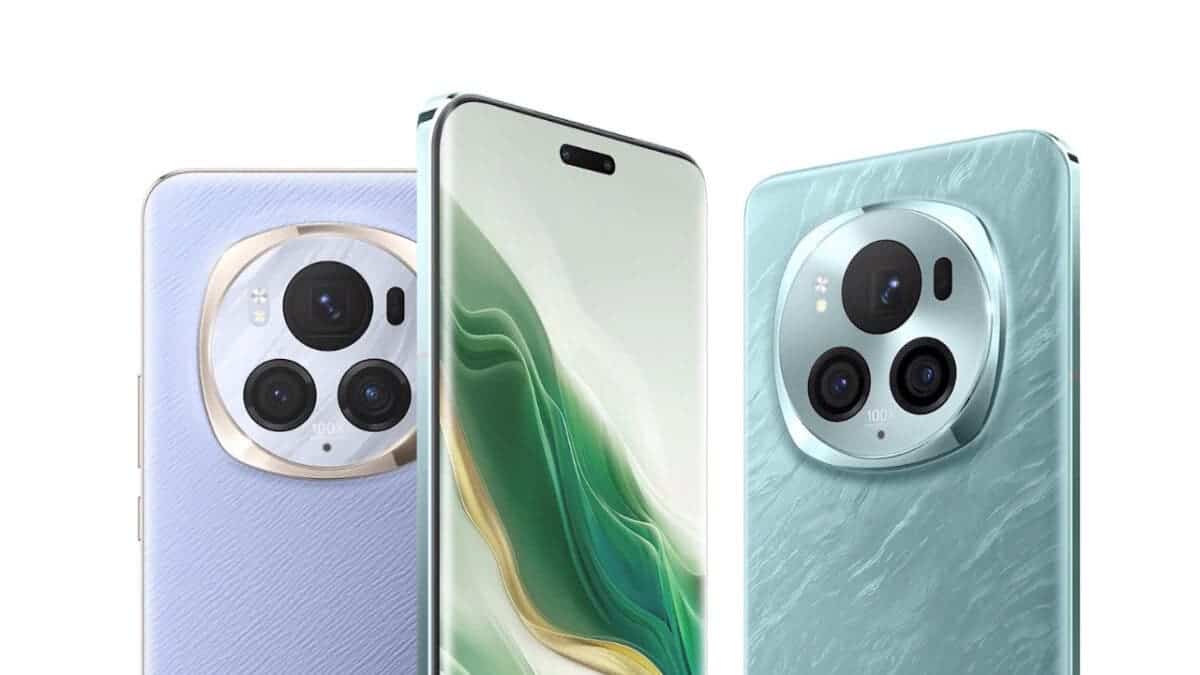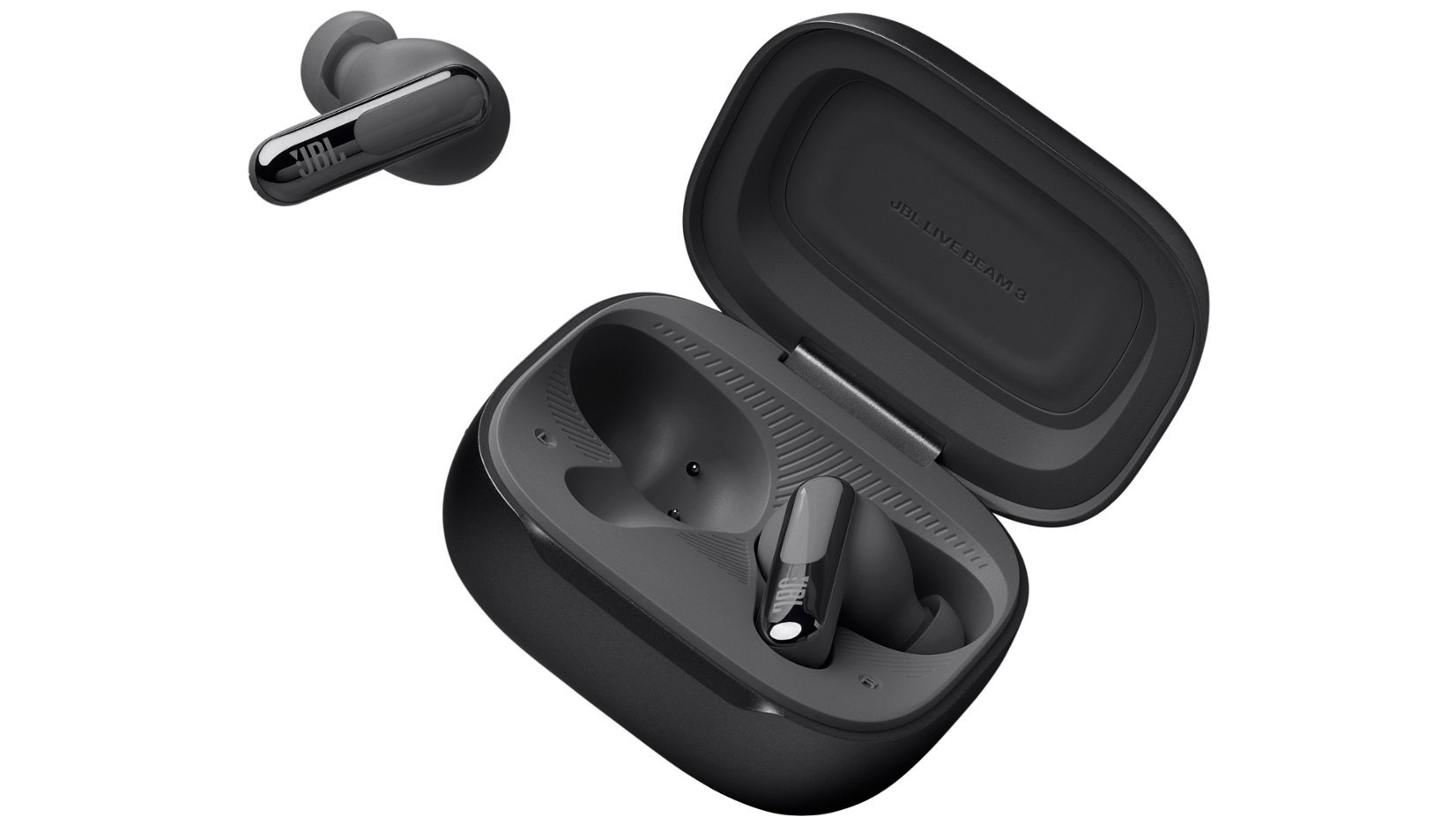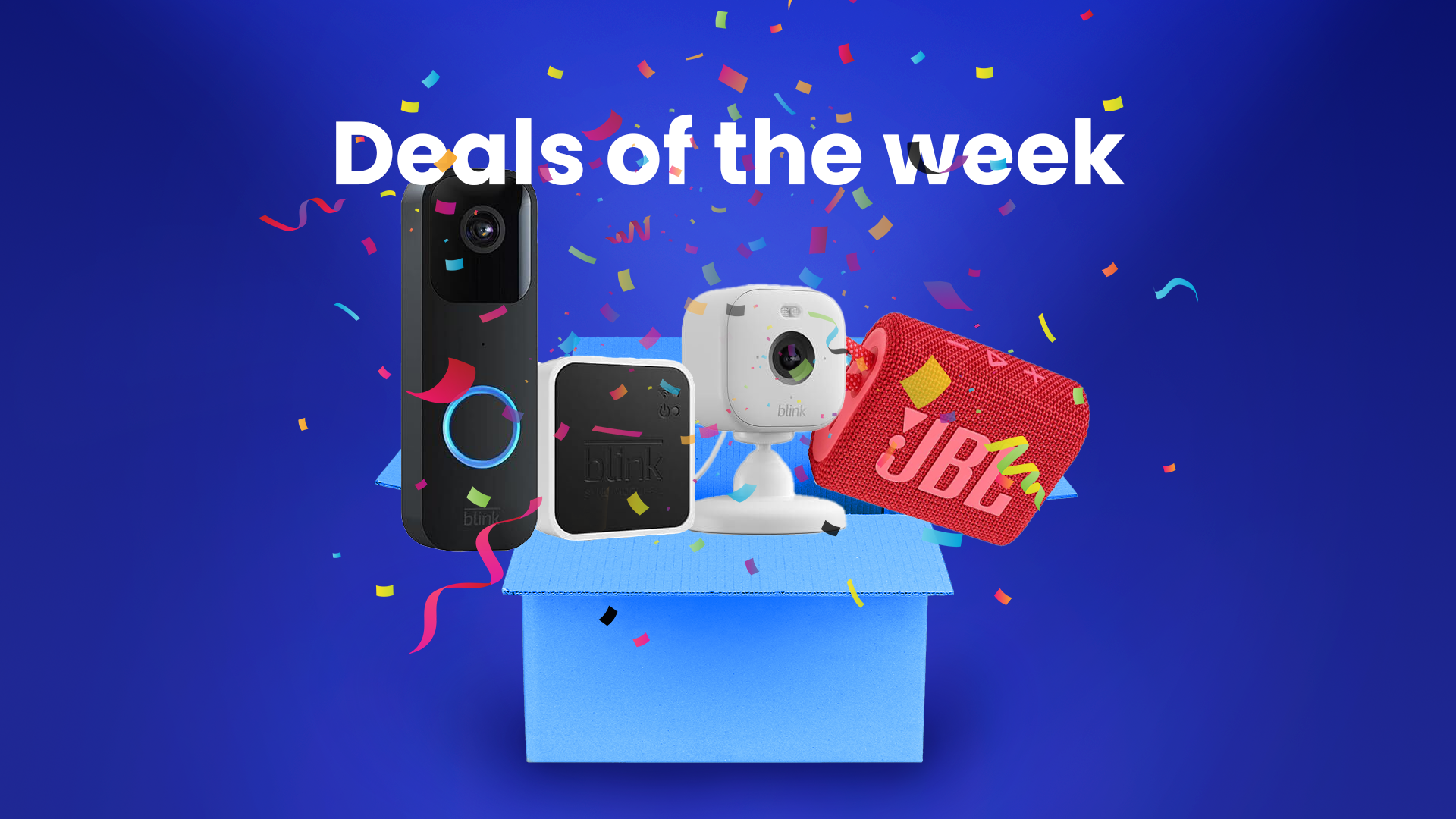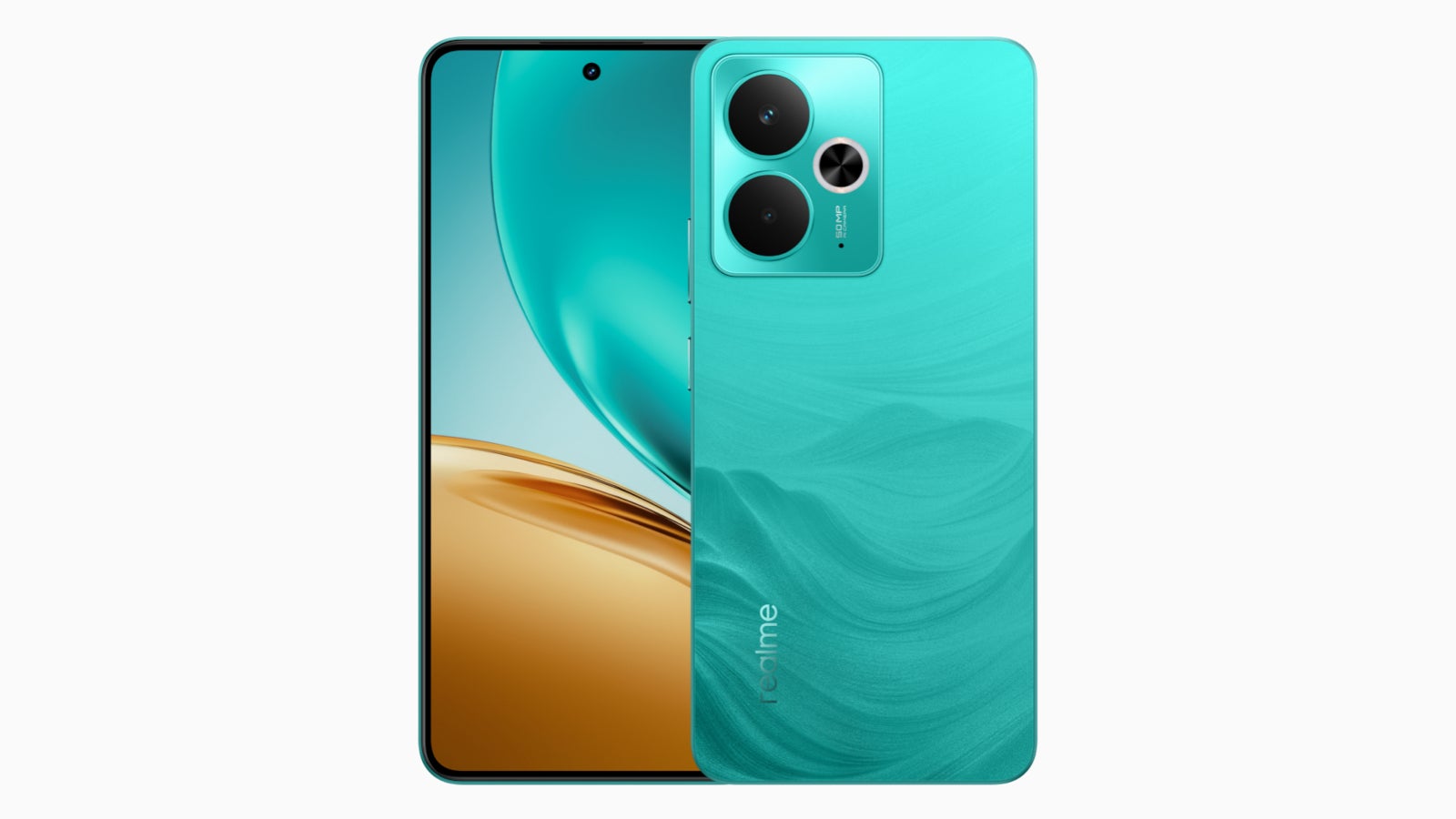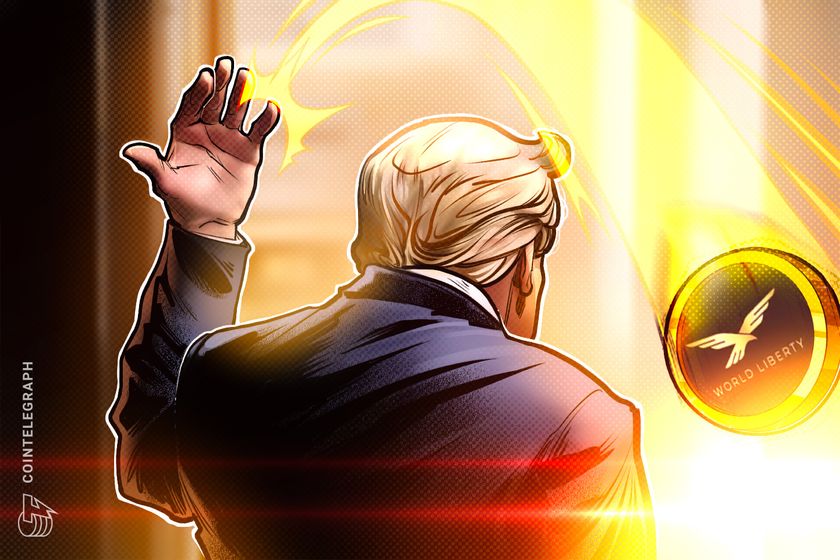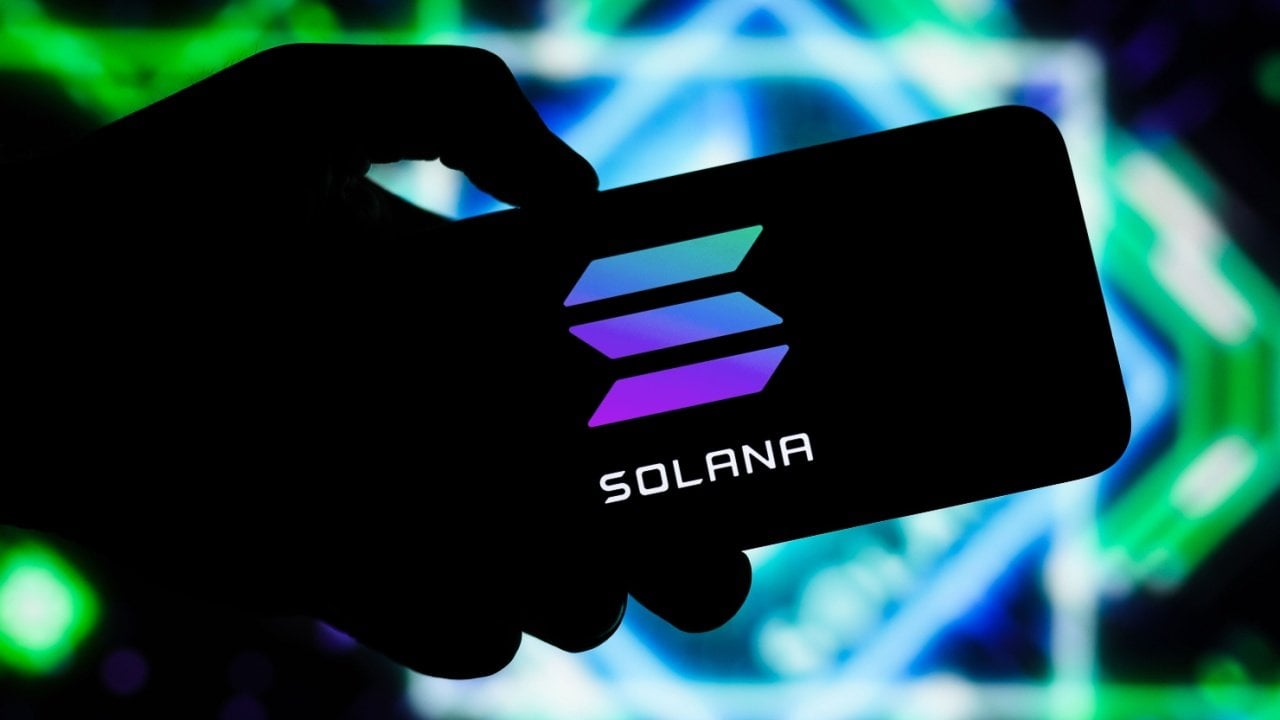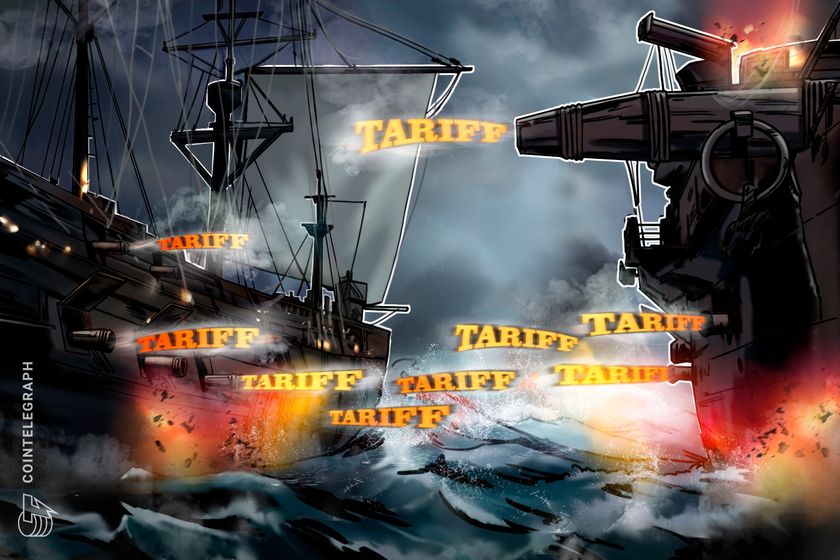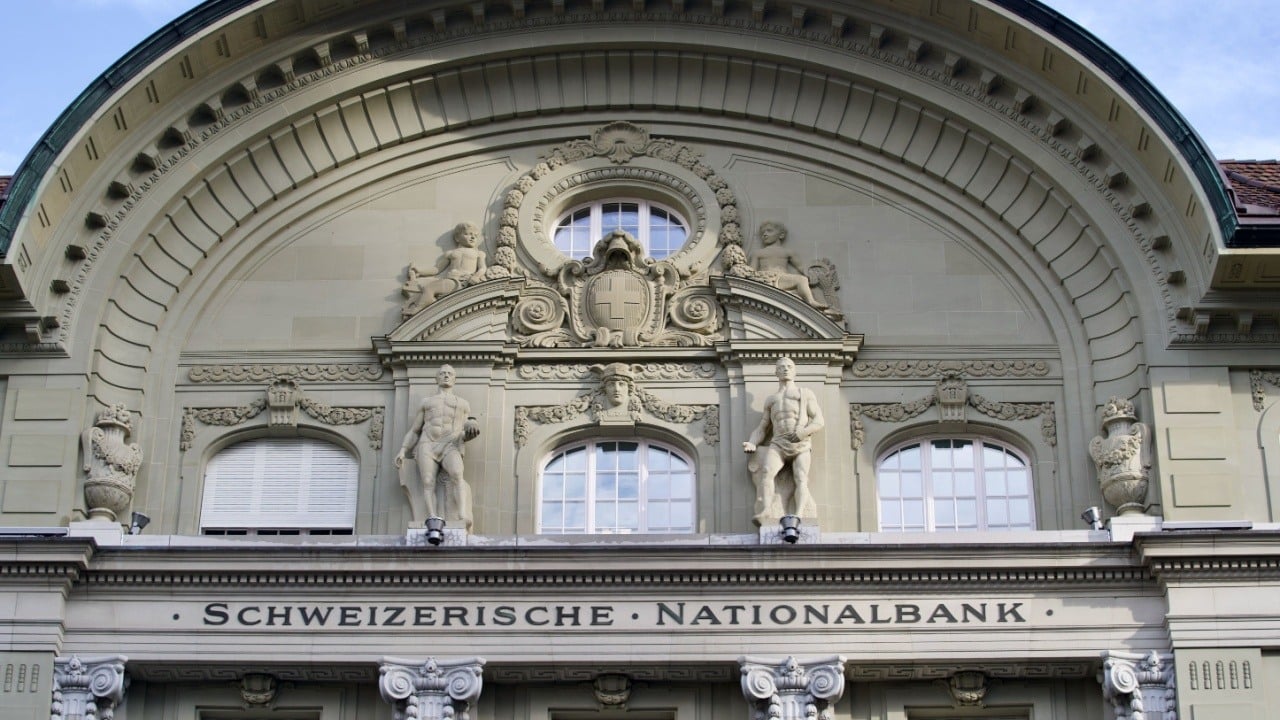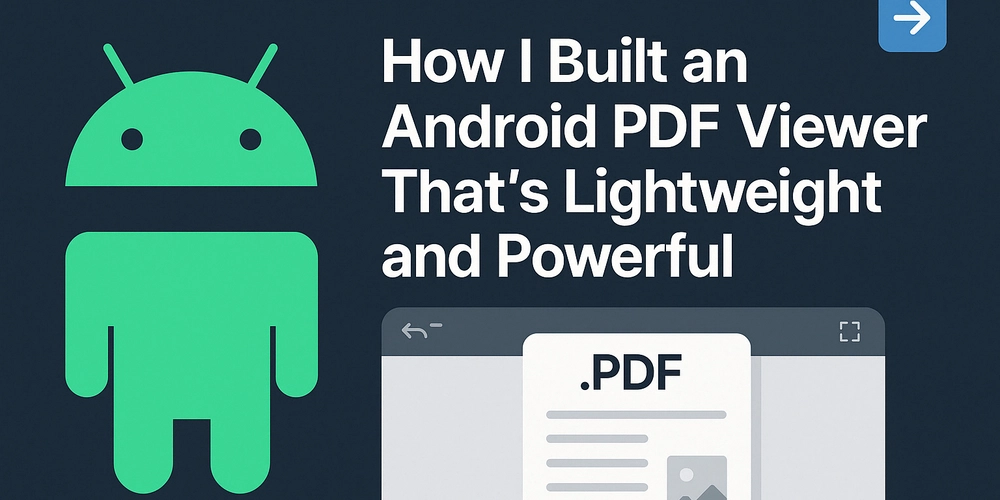WEB3 & BLOCKCHAIN 101: NO MORE CONFUSION
WEB3 & BLOCKCHAIN 101: NO MORE CONFUSION The tech world is buzzing with terms like Web3, Blockchain, Crypto, and more. But what exactly do they mean? How are they connected? In this article, I’ll break it down simply — so you can finally ditch the confusion and understand how Web3 and Blockchain fit together in shaping the future. Let's dive in! WHAT IS BLOCKCHAIN? Blockchain is a special kind of database — a digital ledger that records transactions securely, transparently, and immutably across a network of computers. Instead of one central authority controlling the database (like a bank or company), everyone in the network shares control. Key features of Blockchain: Decentralized: No single point of control or failure. Immutable: Once data is recorded, it cannot easily be changed. Transparent: Transactions are visible to everyone in the network. Think of it like a Google Doc that everyone can see and edit (with strict rules) — instead of a Microsoft Word document sent back and forth by email. WHAT IS WEB3? Web3 is the next evolution of the internet, built on blockchain technology. If Web1 was about "READ" (static websites) and Web2 was about "READ & WRITE" (social media, user-generated content), then Web3 is about "READ, WRITE & OWN". In Web3, users don't just consume and create content — they own parts of the internet via tokens, cryptocurrencies, and NFTs. Key characteristics of Web3: Decentralization: No single company owns your data. Ownership: You control your identity, assets, and participation. Permissionless: Anyone can participate without needing approval from a big corporation. Trustless: Smart contracts automatically enforce agreements without middlemen. HOW ARE BLOCKCHAIN AND WEB3 CONNECTED? Blockchain is the foundational technology that enables Web3. Without blockchain's secure, decentralized database, Web3's promises of ownership and trust wouldn't be possible. Web3 apps (also called dApps — decentralized apps) run on blockchain networks like Ethereum, Solana, or Polygon. In short: Blockchain is the engine. Web3 is the car. WHY WEB3 MATTERS Empowerment: Users regain control over their data, identity, and digital assets. Innovation: New business models like decentralized finance (DeFi), NFTs, and DAOs are emerging. Inclusion: Financial services, content platforms, and governance systems become open to anyone globally. Web3 is reimagining the internet — and we're still early! QUICK COMPARISON: WEB1 vs WEB2 vs WEB3 Era Characteristics Examples Web1 Static, read-only websites Yahoo, early blogs Web2 Interactive, social, user-generated content Facebook, YouTube, Instagram Web3 Decentralized ownership, user-driven platforms Ethereum, OpenSea, Uniswap REAL-WORLD WEB3 ELEMENTS YOU MIGHT KNOW Cryptocurrencies: Bitcoin, Ethereum NFTs: Digital art, music ownership dApps: Decentralized applications DAOs: Online communities that govern themselves DeFi: Financial services without banks FINAL THOUGHTS Blockchain and Web3 aren't just buzzwords. They represent a new internet era — one that's open, decentralized, and user-first. Whether you're a developer, a founder, or just a curious mind, understanding these foundations will prepare you for the future of tech. And guess what? We’re just getting started! ABOUT THE AUTHOR Tunde Fadipe, a Frontend Developer passionate about Web3, Blockchain, and building innovative, user-centered applications that shape the future of the digital world. When he’s not coding, he's exploring how technology can drive global empowerment.
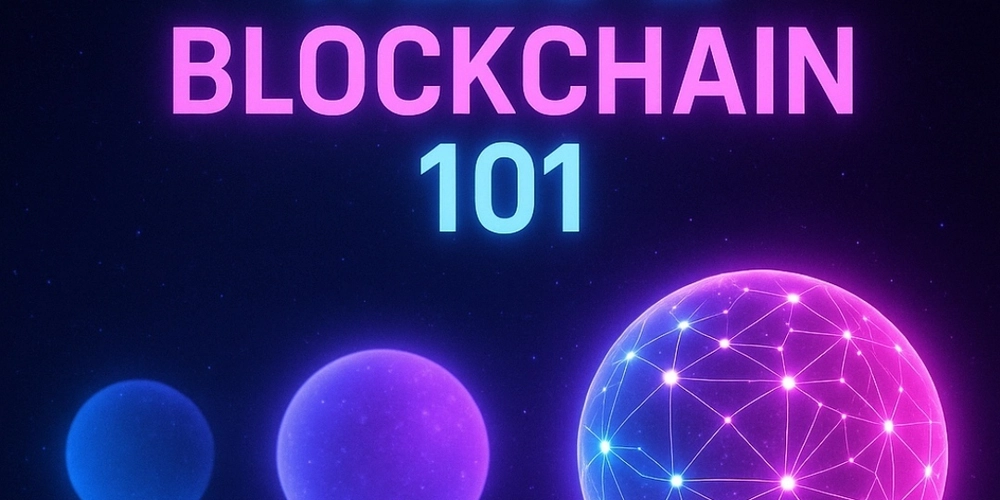
WEB3 & BLOCKCHAIN 101: NO MORE CONFUSION
The tech world is buzzing with terms like Web3, Blockchain, Crypto, and more.
But what exactly do they mean?
How are they connected?
In this article, I’ll break it down simply — so you can finally ditch the confusion and understand how Web3 and Blockchain fit together in shaping the future.
Let's dive in!
WHAT IS BLOCKCHAIN?
Blockchain is a special kind of database — a digital ledger that records transactions securely, transparently, and immutably across a network of computers.
Instead of one central authority controlling the database (like a bank or company), everyone in the network shares control.
Key features of Blockchain:
- Decentralized: No single point of control or failure.
- Immutable: Once data is recorded, it cannot easily be changed.
- Transparent: Transactions are visible to everyone in the network.
Think of it like a Google Doc that everyone can see and edit (with strict rules) — instead of a Microsoft Word document sent back and forth by email.
WHAT IS WEB3?
Web3 is the next evolution of the internet, built on blockchain technology.
If Web1 was about "READ" (static websites) and Web2 was about "READ & WRITE" (social media, user-generated content),
then Web3 is about "READ, WRITE & OWN".
In Web3, users don't just consume and create content — they own parts of the internet via tokens, cryptocurrencies, and NFTs.
Key characteristics of Web3:
- Decentralization: No single company owns your data.
- Ownership: You control your identity, assets, and participation.
- Permissionless: Anyone can participate without needing approval from a big corporation.
- Trustless: Smart contracts automatically enforce agreements without middlemen.
HOW ARE BLOCKCHAIN AND WEB3 CONNECTED?
- Blockchain is the foundational technology that enables Web3.
- Without blockchain's secure, decentralized database, Web3's promises of ownership and trust wouldn't be possible.
- Web3 apps (also called dApps — decentralized apps) run on blockchain networks like Ethereum, Solana, or Polygon.
In short:
Blockchain is the engine.
Web3 is the car.
WHY WEB3 MATTERS
- Empowerment: Users regain control over their data, identity, and digital assets.
- Innovation: New business models like decentralized finance (DeFi), NFTs, and DAOs are emerging.
- Inclusion: Financial services, content platforms, and governance systems become open to anyone globally.
Web3 is reimagining the internet — and we're still early!
QUICK COMPARISON: WEB1 vs WEB2 vs WEB3
| Era | Characteristics | Examples |
|---|---|---|
| Web1 | Static, read-only websites | Yahoo, early blogs |
| Web2 | Interactive, social, user-generated content | Facebook, YouTube, Instagram |
| Web3 | Decentralized ownership, user-driven platforms | Ethereum, OpenSea, Uniswap |
REAL-WORLD WEB3 ELEMENTS YOU MIGHT KNOW
- Cryptocurrencies: Bitcoin, Ethereum
- NFTs: Digital art, music ownership
- dApps: Decentralized applications
- DAOs: Online communities that govern themselves
- DeFi: Financial services without banks
FINAL THOUGHTS
Blockchain and Web3 aren't just buzzwords.
They represent a new internet era — one that's open, decentralized, and user-first.
Whether you're a developer, a founder, or just a curious mind, understanding these foundations will prepare you for the future of tech.
And guess what?
We’re just getting started!
ABOUT THE AUTHOR
Tunde Fadipe, a Frontend Developer passionate about Web3, Blockchain, and building innovative, user-centered applications that shape the future of the digital world. When he’s not coding, he's exploring how technology can drive global empowerment.












































































































































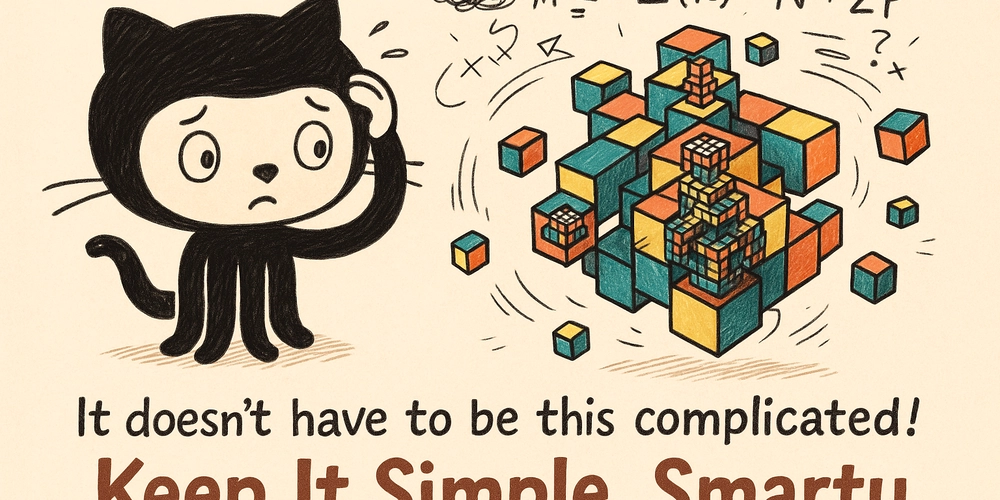






![[FREE EBOOKS] AI and Business Rule Engines for Excel Power Users, Machine Learning Hero & Four More Best Selling Titles](https://www.javacodegeeks.com/wp-content/uploads/2012/12/jcg-logo.jpg)

































.jpg?width=1920&height=1920&fit=bounds&quality=70&format=jpg&auto=webp#)






















































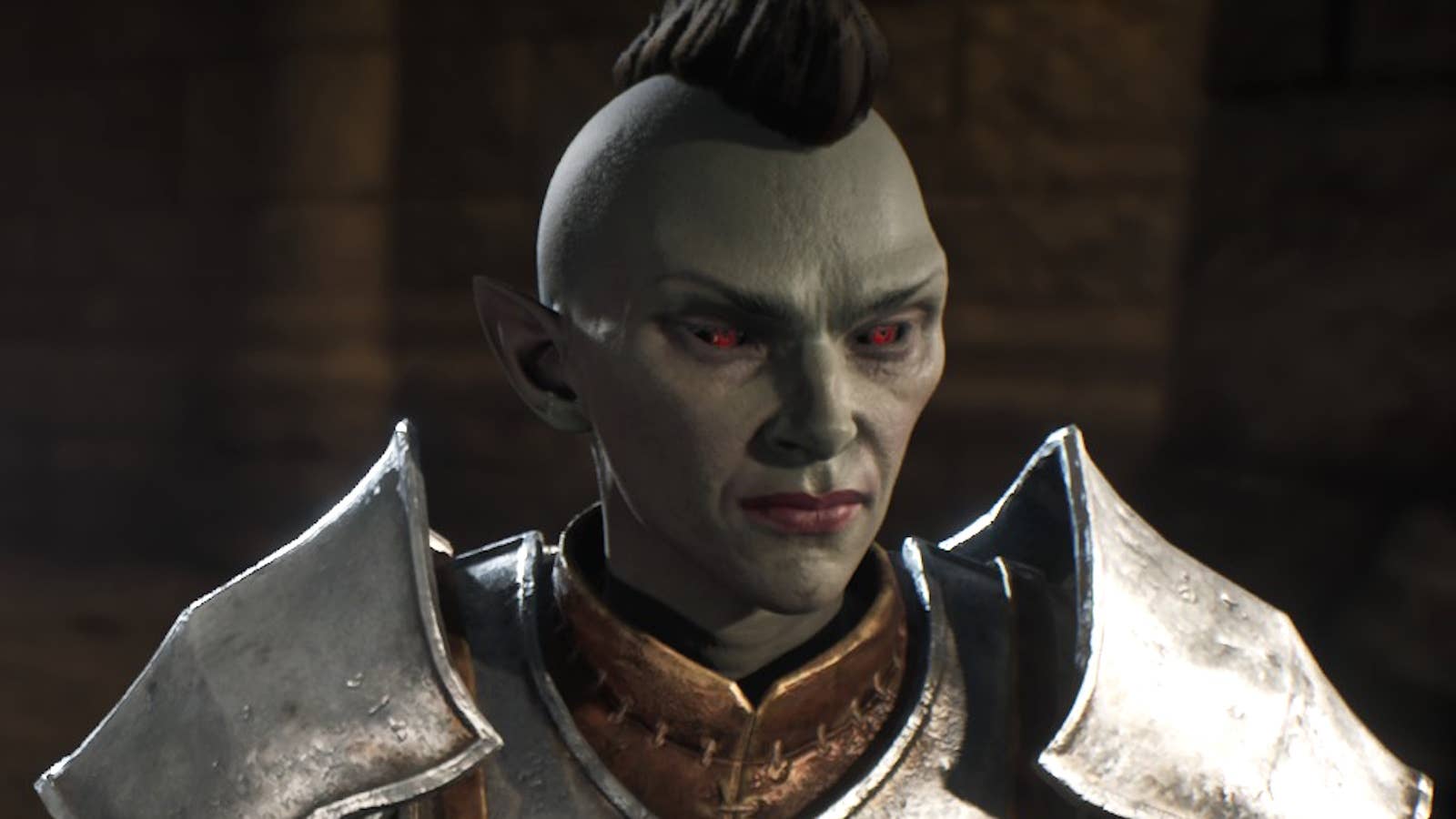








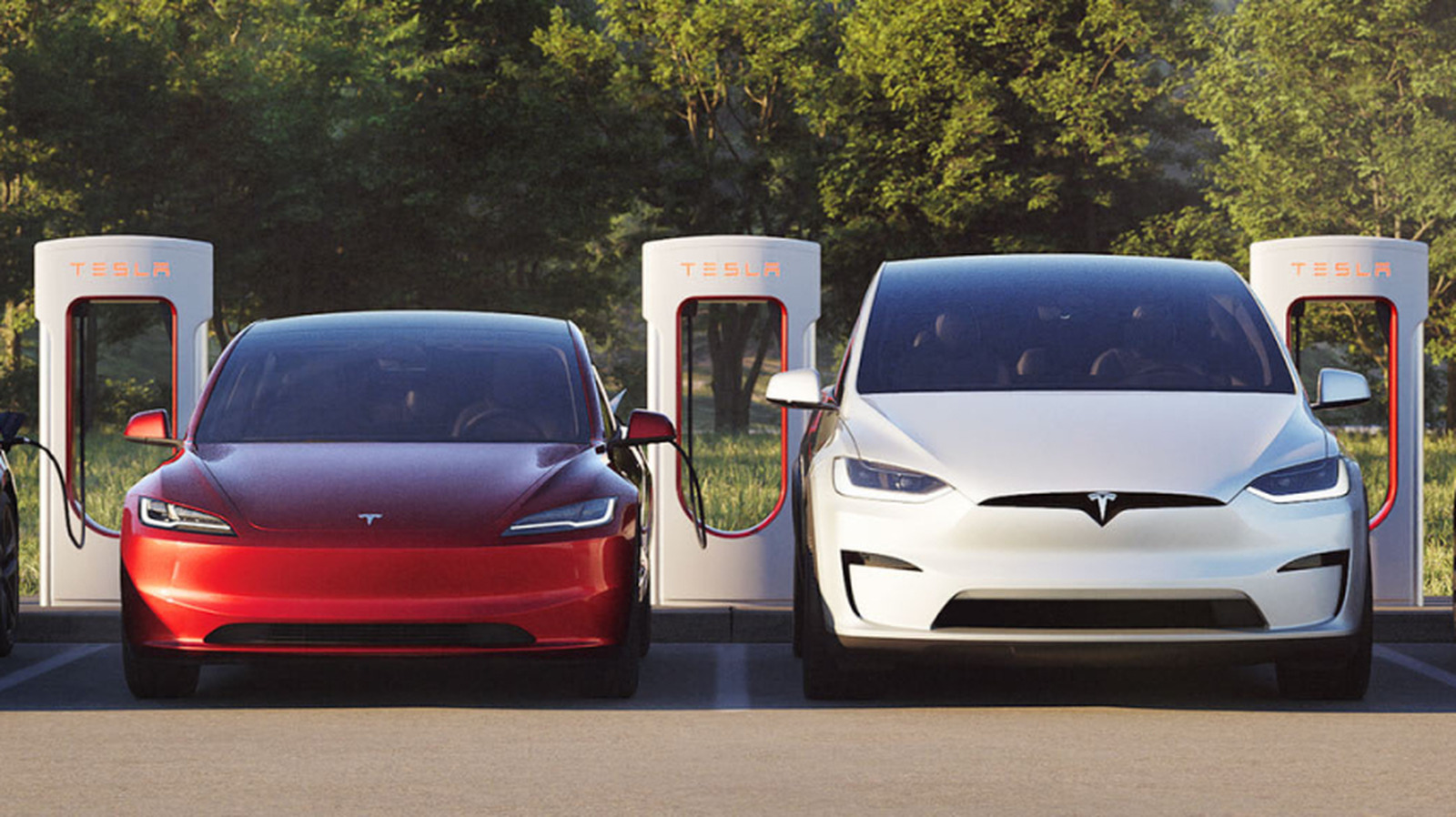












_Olekcii_Mach_Alamy.jpg?width=1280&auto=webp&quality=80&disable=upscale#)







































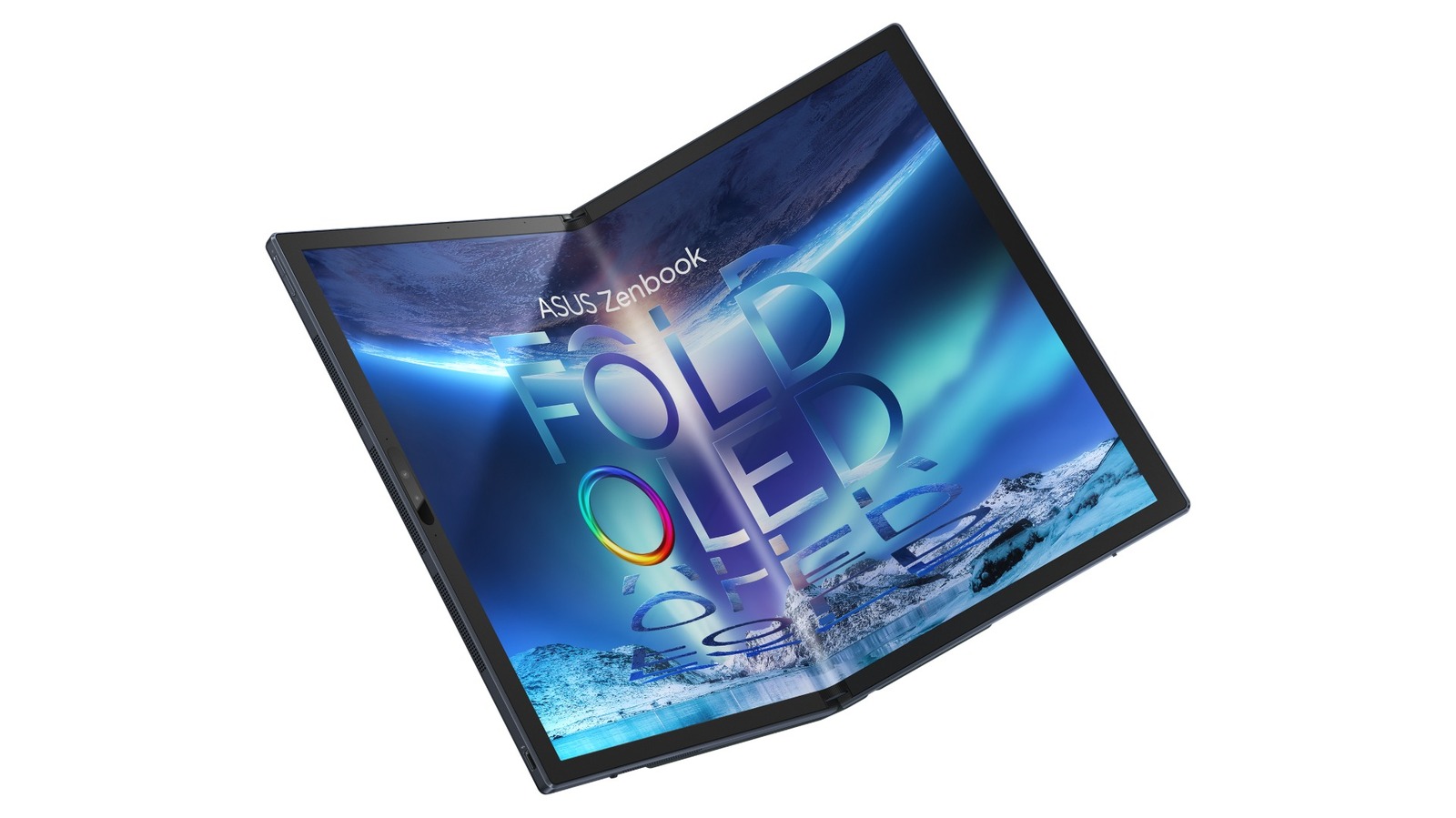





































































![Apple Drops New Immersive Adventure Episode for Vision Pro: 'Hill Climb' [Video]](https://www.iclarified.com/images/news/97133/97133/97133-640.jpg)

![Most iPhones Sold in the U.S. Will Be Made in India by 2026 [Report]](https://www.iclarified.com/images/news/97130/97130/97130-640.jpg)
![Apple to Shift Robotics Unit From AI Division to Hardware Engineering [Report]](https://www.iclarified.com/images/news/97128/97128/97128-640.jpg)








